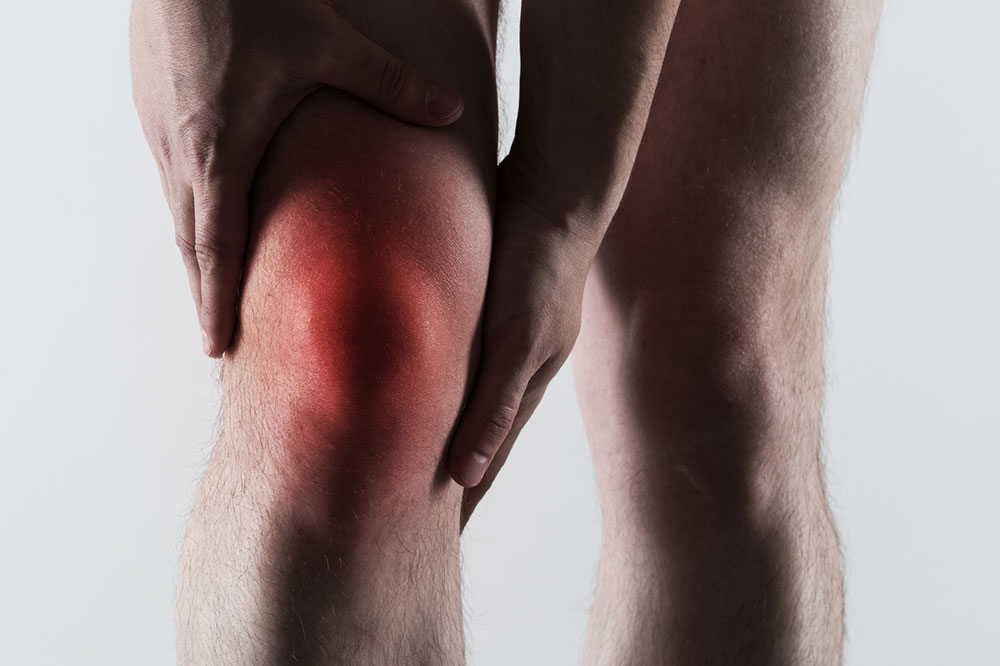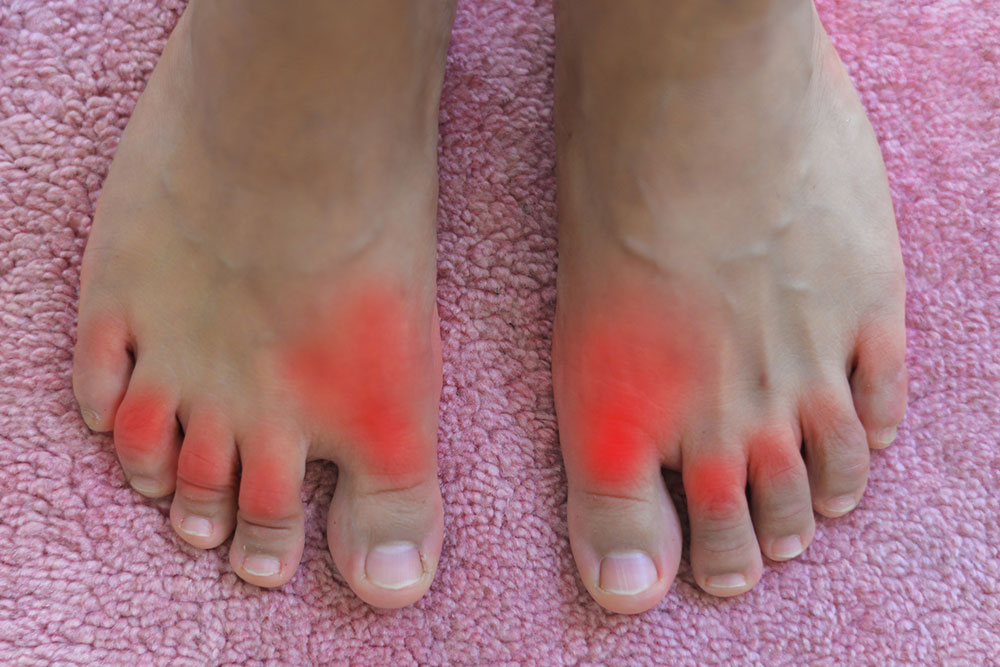Comprehensive Guide to Gout: Frequently Asked Questions and Effective Management Strategies
This comprehensive article delves into common questions about gout, exploring its causes, risk factors, stages, and effective management strategies. From understanding the progression of gout from silent uric acid buildup to chronic conditions to practical remedies and dietary tips, readers can gain valuable insights to prevent and treat gout effectively. The article emphasizes the importance of lifestyle modifications, medical intervention, and proper nutrition in managing this painful condition, helping sufferers improve their quality of life and prevent long-term joint damage.

Comprehensive Guide to Gout: Frequently Asked Questions and Effective Management Strategies
In-depth Insights into Gout: Your Complete FAQ Resource
Gout, also medically known as gouty arthritis, is one of the most common forms of inflammatory arthritis affecting millions worldwide. This condition is characterized by the sudden and intense onset of joint pain, swelling, redness, and stiffness, most notably affecting the big toe. The pain associated with gout can be debilitating, often occurring unexpectedly, typically during the night, and lasting for hours or even days. It’s caused by the accumulation of uric acid crystals in the joints, which leads to inflammation and discomfort. Understanding the complexities of gout, including its causes, risk factors, progression stages, and management options, is essential for effective prevention and timely treatment.
What Are the Main Risk Factors for Developing Gout?
Genetic Predisposition: Family history plays a significant role in gout susceptibility. If close relatives have experienced gout, the risk increases due to hereditary factors affecting uric acid metabolism.
Associated Health Conditions: Conditions such as high cholesterol levels (hyperlipidemia), obesity, hypertension, insulin resistance, and cardiovascular diseases are linked with heightened gout risk.
Age and Gender: Men primarily between 40 to 50 years of age are more commonly affected by gout. Women are less susceptible before menopause, but after age 60, their risk rises and approaches that of men due to hormonal changes.
Dietary and Lifestyle Influences: Consuming foods high in purines like red meats, certain seafood, and sugary drinks increases uric acid levels. Alcohol consumption, especially beer and spirits, significantly raises the risk of gout attacks.
Medical Procedures and Medications: Kidney and heart transplant recipients may experience higher uric acid levels. Certain medications, such as diuretics and low-dose aspirin, can also influence uric acid metabolism.
Obesity and Sedentary Lifestyle: Excess weight contributes to increased uric acid production and decreased elimination via kidneys. Sedentary behavior further exacerbates metabolic issues linked to gout.
Understanding Gout Progression: From Silent Uric Acid Buildup to Chronic Disease
Initial Stage – Silent Uric Acid Buildup: Uric acid levels gradually increase in the bloodstream without noticeable symptoms. During this phase, uric acid begins to crystallize within joints, setting the stage for future attacks.
Acute Gout Attack: This stage involves sudden, severe pain, swelling, warmth, and redness in a joint. Attacks are typically abrupt, often awakening sufferers during sleep, and can last from a few hours to several days.
Intermittent Phase – Symptom Resolution: Pain and inflammation subside, but uric acid remains elevated. Without proper management, the likelihood of future attacks increases.
Chronic Gout – Long-term Complications: Recurrent attacks lead to joint damage, deformity, and possible tophi formation (urate crystal deposits under skin). Chronic gout significantly impairs mobility and quality of life.
Immediate Home Remedies for Gout Pain During an Attack
Use over-the-counter non-steroidal anti-inflammatory drugs (NSAIDs) like ibuprofen or naproxen to reduce pain and inflammation.
Rest the affected joint, keep it elevated, and apply ice packs to lessen swelling and discomfort.
Hydrate adequately by drinking plenty of water, which helps dilute uric acid in the bloodstream and promotes its excretion.
Seek urgent medical care if pain worsens, persists, or if there are signs of infection or other complications.
Effective Dietary Strategies for Managing Gout
Incorporate foods rich in antioxidants and low in purines—such as fruits, vegetables, legumes, nuts, and whole grains—to help lower uric acid levels.
Consume low-fat dairy products, eggs, and plant-based oils to support joint health.
Limit intake of high-purine foods like organ meats, seafood (anchovies, sardines, shellfish), and processed processed foods containing additives.
Decrease consumption of sugary beverages, alcohol (especially beer), and yeast-based products, which can trigger attacks.
Adopting a balanced diet, maintaining a healthy weight, and staying hydrated can significantly mitigate gout flare-ups and prevent progression toward chronic gout.
Regular medical checkups and blood tests to monitor uric acid levels are also advised for effective long-term management.
Tags: gout management, uric acid control, gout treatment, gout dietary tips, joint health





